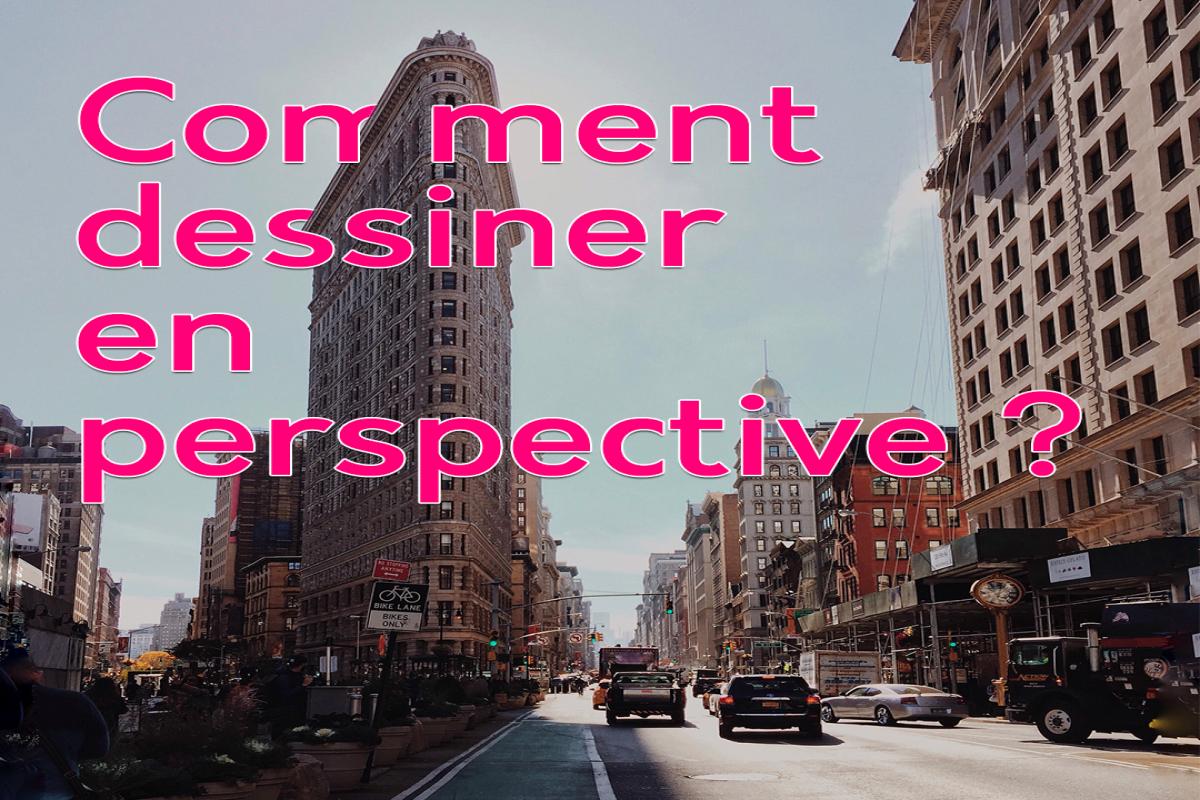
The guide by our comics/Manga drawing teachers
What is perspective?
Today we are going to look at a very interesting issue in drawing, that of perspective.
Here is the definition from the Larousse: "Art, technique of representing in two dimensions, on a flat surface, objects in three dimensions such as they appear seen at a certain distance and in a given position.
One of the complexities to be taken into account is the fact that when you draw you have to make a choice of what to show. In real life, we can turn an object in all directions to observe it well, whereas on a two-dimensional surface, information is lost, only one angle at a time can be seen.

Pensez à cette voiture, elle existe en réalité. Cependant, sur un dessin ou une photo un seul point de vue sera visible.
L’enjeu de la perspective est de faire en sorte que ce que l’on dessine ressemble à la réalité mais il est difficile de garder les proportions d’un bâtiment, par exemple.
Nous allons dans cet article nous intéresser à ce sujet de plus près.
Les règles de la perspective ont été établies avec le temps.
Observez cette image, elle semble étrange, notamment parce que plusieurs règles de ce qu’on appelle la perspective linéaire, et dont nous parlerons plus en détail plus tard, ne sont pas respectées.
Before going into detail, there are some basic rules that we can analyse, which should be applied if we want to get as close as possible to a realistic drawing:
- In general, what is far away appears smaller (but in the Middle Ages, for example, the size of elements was often linked to their hierarchical importance).
- Avoid mixing points of view, e.g. buildings should not be drawn from the front and the side on the same drawing (even if this is done on some maps)
- But, to imply depth, you should still draw several sides of your object, slightly distorting it, not just one side.
- If in reality, "two parallel lines meet at infinity" i.e. do not intersect, in drawing they meet as far apart as possible. This is called a vanishing line (look at it in the "ideal city" below)
This painting by Piero Della Francesca, "The Ideal City", was painted in 1476 and is considered one of the pioneers of linear perspective.
As you can see, linear perspective, or conical perspective, is what we use most today. As early as the Renaissance, we started to refine its rules. It is the one that most closely resembles our vision of reality.
Our eye perceives several lines which all converge on a single point, the so-called vanishing point.
The difficulty lies in the fact that the dimensions, angles, sizes etc. of objects will never be completely true to life. For these reasons, there are a number of rules and techniques to master in order to deceive the eye.
It must be borne in mind that only one angle of view can be represented. In reality, our vision is clear only in a 60° open cone, the rest of the elements are blurred or distorted.
In our next article, we will show you how to draw in perspective. If you are interested in these subjects, Apolline offers drawing courses in Lausanne, Montreux and Morges, as well as online manga courses. Our qualified teachers will help you take up the challenge, accompanied by other motivated students. Don't hesitate!
Image credits : mangakoaching.com & Francesca Saraco
